Best Practices Articles
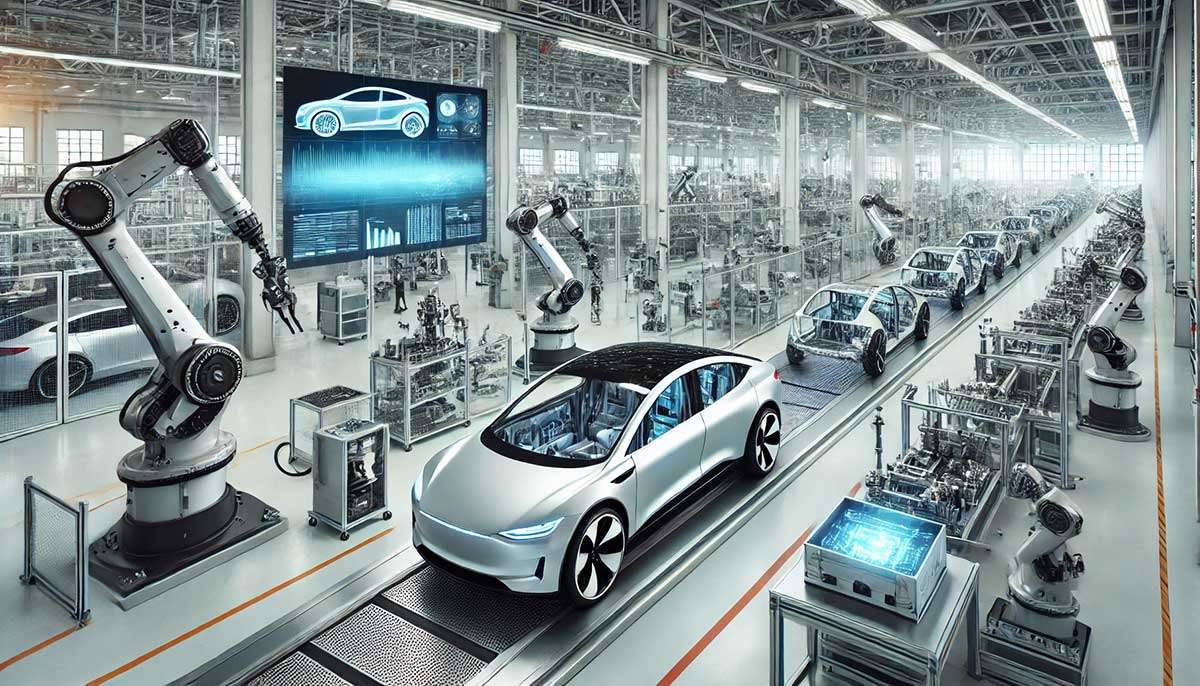
The Shift to Autonomous EVs: Transforming the Automotive Ecosystem and Rideshare Economy – Part 2
The Economic Ripple Effects of Autonomous Vehicles on the Automotive Ecosystem
In the first part of this series, we examined the financial implications of shifting from car ownership to autonomous rideshare services. This article will explore this transformation's broader economic ripple effects on the automotive ecosystem, including manufacturing, maintenance and repair, insurance, fuel, and energy sectors.
Impact on Automotive Manufacturing
The transition to autonomous Electric Vehicles (EVs) is expected to change the automotive manufacturing landscape dramatically:
- Reduction in Demand for New Cars: As rideshare services become more efficient with autonomous vehicles, the number of cars needed will decrease. Households may transition to owning a single vehicle for backup purposes while relying primarily on autonomous rideshare services for daily commutes and errands. This shift could significantly reduce the demand for new cars.
- Shift in Vehicle Types: The demand for personal vehicles may decrease, but the market for autonomous fleet vehicles could increase. Manufacturers must adapt to producing vehicles designed for commercial rideshare services, which may have different specifications and lifespans than personal vehicles.
- Impact on Employment: Reducing car manufacturing could lead to job losses in the automotive sector. However, new jobs may be created in developing, maintaining, and managing autonomous vehicle fleets.
Changes in Maintenance and Repair
Autonomous EVs are expected to require less maintenance and repair than internal combustion engine vehicles. This could lead to:
- Decline in Traditional Maintenance Services: Fewer moving parts and less frequent oil changes in EVs will reduce the need for traditional maintenance services. Autonomous vehicles are also likely to have more advanced diagnostic systems, reducing the need for routine check-ups.
- Increase in Specialized Services: While traditional maintenance needs may decline, there will be an increase in demand for specialized services related to autonomous vehicle technology, such as software updates, sensor calibration, and battery maintenance.
Impact on Insurance
The insurance industry will need to adapt to the rise of autonomous vehicles:
- Shift in Risk Assessment: With autonomous vehicles expected to reduce accidents significantly, the risk assessment models used by insurance companies will need to change. The focus may shift from driver behavior to software reliability and cybersecurity.
- New Insurance Products: Insurance companies must develop new products tailored to autonomous vehicle owners and fleet operators. This could include coverage for technology failures, cyberattacks, and liability for autonomous vehicle accidents.
Impact on Fuel and Energy
The shift to electric autonomous vehicles will have a significant impact on the fuel and energy sectors:
- Reduction in Oil Demand: As more people transition to electric vehicles, the demand for gasoline and diesel is expected to decline. This could profoundly impact the oil industry, reducing revenues and potential job losses.
- Increase in Electricity Demand: The increased use of electric vehicles will drive electricity demand. This will require significant investments in energy infrastructure, including expanding charging networks and developing renewable energy sources to meet the increased demand.
- Emergence of New Business Models: The rise of autonomous EVs could lead to new business models in the energy sector, such as Vehicle-to-Grid (V2G) technologies, where EVs can supply power back to the grid during peak demand periods.

Impact on Urban Planning and Infrastructure?
The rise of autonomous EVs and rideshare services will also influence urban planning and infrastructure development:
- Reduced Need for Parking Spaces: The demand for parking spaces will decrease with fewer privately owned vehicles. This could free up valuable urban land for other uses, such as green spaces, residential developments, or commercial projects.
- Improved Traffic Flow: Autonomous vehicles and traffic management systems are expected to communicate with each other, leading to smoother traffic flow and reduced congestion. This could result in shorter commute times and lower emissions.
- Changes in Public Transportation: Integrating autonomous rideshare services with public transportation could create a more efficient and flexible transportation network. Autonomous shuttles and rideshare vehicles could serve as last-mile solutions, connecting commuters to main transit lines.
Environmental Impact
The shift to autonomous electric vehicles will have significant environmental benefits:
- Reduction in Greenhouse Gas Emissions: Electric vehicles produce zero tailpipe emissions, which will help reduce greenhouse gas emissions and improve air quality, especially in urban areas.
- Increased Use of Renewable Energy: As the demand for electricity rises, there will be more significant incentives to invest in renewable energy sources such as solar and wind power. This will further reduce the carbon footprint of the transportation sector.
- Sustainable Urban Development: Reducing the number of vehicles and the need for parking spaces will contribute to more sustainable urban development. Cities can reclaim space for green areas and pedestrian-friendly infrastructure, promoting healthier and more livable environments.
Conclusion
The transition to autonomous electric vehicles and the shift from car ownership to rideshare services will have far-reaching implications for the automotive ecosystem. While this transformation presents significant challenges for traditional sectors such as manufacturing, maintenance, and fuel, it also offers opportunities for innovation and the development of new business models.
As we move towards a future with fewer cars and more reliance on autonomous rideshare services, stakeholders across the automotive ecosystem must adapt and embrace these changes. The potential for a cleaner, more efficient, and more connected transportation system is within reach, but it will require collaboration and forward-thinking strategies from industry leaders, policymakers, and consumers.
What do you think? How do you see the future of the automotive ecosystem evolving with the rise of autonomous vehicles? Share your thoughts!
Best Practices Guidebook
 Partner Ecosystem Playbook: Build, Scale, Succeed Best Practices
Partner Ecosystem Playbook: Build, Scale, Succeed Best PracticesDownload for FREE
 Mastering LinkedIn: Building Personal Brands for Social Selling
Mastering LinkedIn: Building Personal Brands for Social SellingDownload for FREE
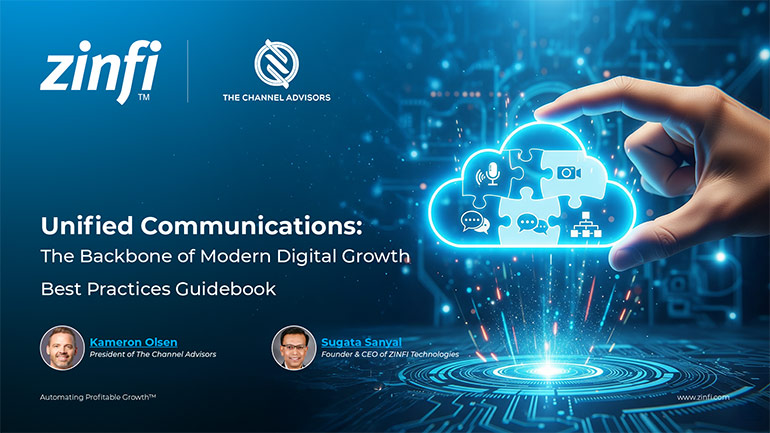 Unified Communications: The Backbone of Modern Digital Growth
Unified Communications: The Backbone of Modern Digital GrowthDownload for FREE
 The Channel Sales Playbook: Skills, Strategy, and Growth
The Channel Sales Playbook: Skills, Strategy, and GrowthDownload for FREE
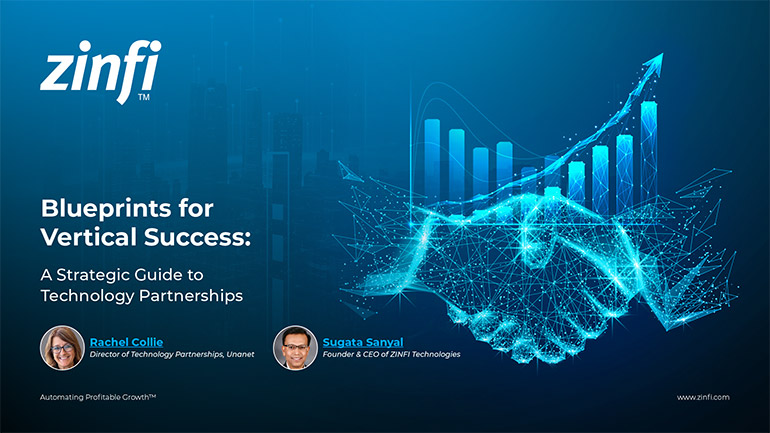 Blueprints for Vertical Success Best Practices
Blueprints for Vertical Success Best PracticesDownload for FREE
 The Future of Partner Enablement: From Enablement Gaps to Global Advantage
The Future of Partner Enablement: From Enablement Gaps to Global AdvantageDownload for FREE
 Reimagine Sales Development. Build a Smarter Prospecting Engine
Reimagine Sales Development. Build a Smarter Prospecting EngineDownload for FREE
 The Zero Trust Imperative: Fortifying Enterprise Security Against AI-Driven Threats
The Zero Trust Imperative: Fortifying Enterprise Security Against AI-Driven ThreatsDownload for FREE
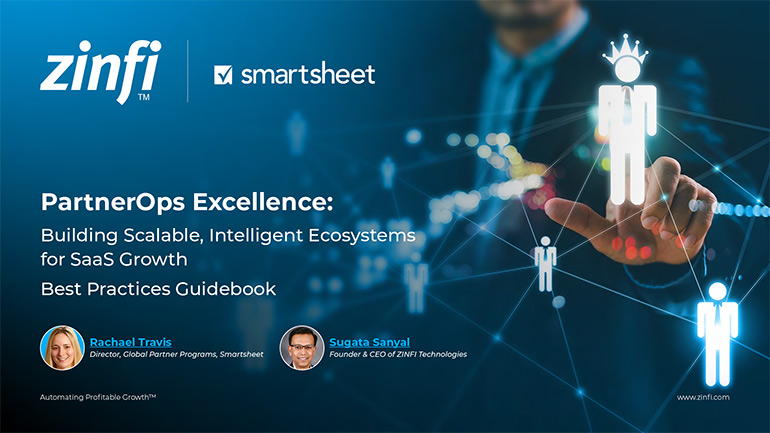 PartnerOps Excellence: The Definitive Guide to Scalable SaaS Ecosystems
PartnerOps Excellence: The Definitive Guide to Scalable SaaS EcosystemsDownload for FREE
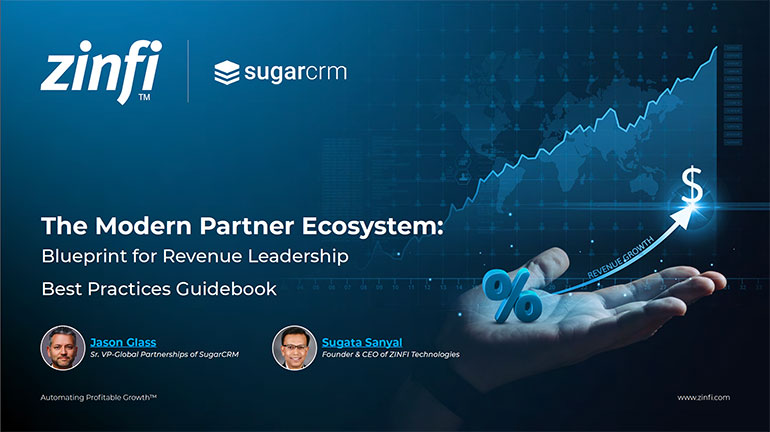 The Modern Partner Ecosystem Best Practices
The Modern Partner Ecosystem Best PracticesDownload for FREE
 Partner Marketing Reimagined: Strategies for Agile, Insight-Led Growth
Partner Marketing Reimagined: Strategies for Agile, Insight-Led GrowthDownload for FREE
 Scaling with PartnerOps Best Pratices
Scaling with PartnerOps Best PraticesDownload for FREE
 Leading with Partner Programs Best Pratices
Leading with Partner Programs Best PraticesDownload for FREE
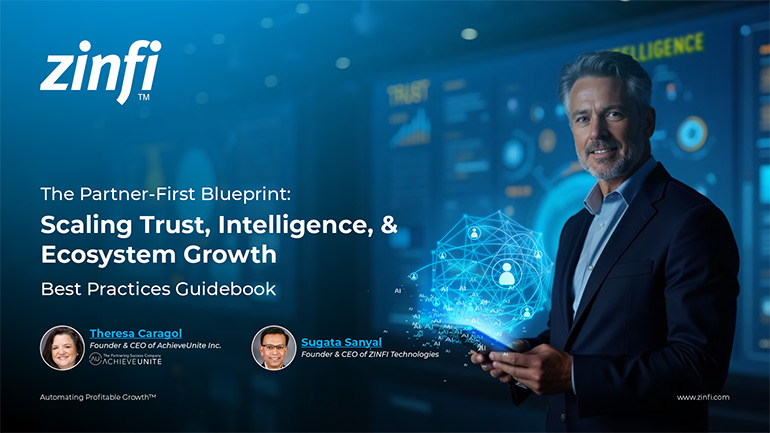 The Partner-First Blueprint: Scaling Trust, Intelligence, and Ecosystem Growth
The Partner-First Blueprint: Scaling Trust, Intelligence, and Ecosystem GrowthDownload for FREE
 Unlock Scalable Growth with The Partner Marketing Growth Blueprint
Unlock Scalable Growth with The Partner Marketing Growth BlueprintDownload for FREE
 From TikTok to LinkedIn: Social Selling Across the Generational Divide
From TikTok to LinkedIn: Social Selling Across the Generational DivideDownload for FREE
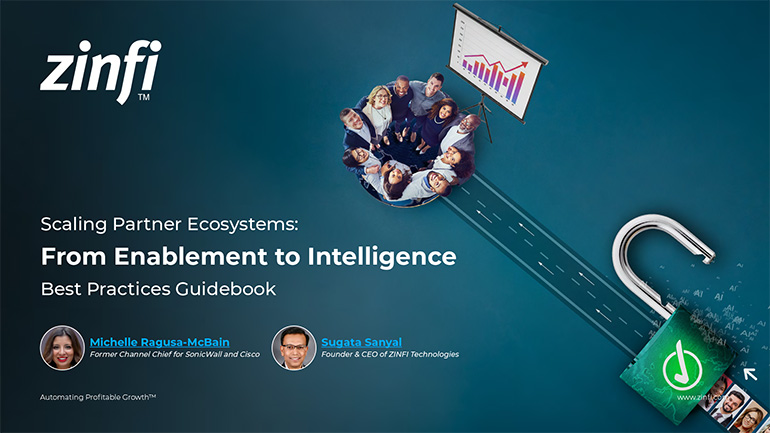 Scaling Partner Ecosystems: From Enablement to Intelligence
Scaling Partner Ecosystems: From Enablement to IntelligenceDownload for FREE








